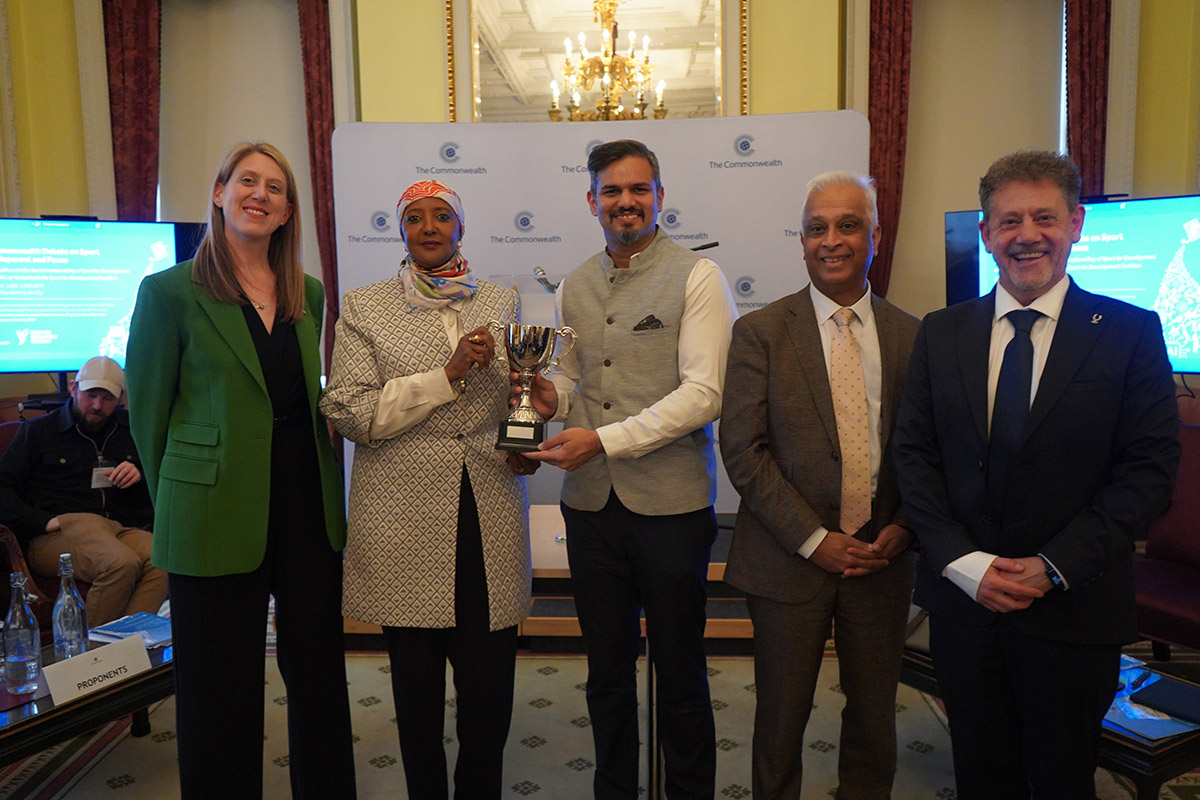Strong STEM for Women
January 20th, 2022
The areas of science, technology, engineering and mathematics (STEM) are known to drive innovation and development in society. While women are just as capable of participating in these critical fields, they are far outnumbered by men. But why? What’s stopping more women from getting involved in STEM? And what will it take to increase their participation? Aashraya Seth, a 28-year-old correspondent from India, examines the issue.
‘By learning to create technology, girls learn to speak up.’ – Regina Agyare.
With the number of men and women in the world roughly equal, undoubtedly, women need as many opportunities to add to the viewpoints, creativity and innovation that shape society. It’s why the participation of women in areas of science, technology, engineering, and mathematics (STEM) is important.
The STEM-based curriculum is a system of education which incorporates these fundamentals of human existence and development, but instead of promoting rote learning, these subjects are converged and taught using real-life applications. Orthodox teaching methods in these areas have proven to be futile, so STEM education encourages active participation and comprehensive learning rather than mugging up formulae. Unfortunately, there is a shortage of women pursuing these subjects as many people seem to believe they are particularly suited for men.
But why is STEM viewed in such a light? Well, because of socialisation, by default we think of mathematicians, engineers and scientists to be “geeky” males. This field of research and development is never associated with women due to their inadequate representation compared to men. But think of a singer, model, perhaps a chef, or dancer and lo, women find their so-called “place” in society.
Jobs have always been perceived in a stereotypical way, with some areas considered specific to men while others are geared more towards women. However, a change in attitude is needed, and it is for this reason that the STEM movement is being actively promoted to women.
According to UNESCO statistics, only 30% of the Sub-Saharan tech workforce are women. Primarily, the lack of practical experience leads to such situations. Women have been quoted as saying they prefer STEM projects, but their limited hands-on involvement hindered them from strengthening a career in the field.
While there is an increasing number of jobs that demand STEM skills and knowledge, women are still severely underrepresented in these businesses. There are only 28% of women in STEM fields as opposed to 72% of men. The number of women who are granted degrees in science, technology, engineering and mathematics every year has increased by more than 50,000 in the last decade. But despite this increase, the gap between men and women enrolled in STEM courses seems unbridgeable.
Lamentably, the percentage of women possessing these degrees has dropped from 25% to 24%. If the current trend continues, the representation of women will further deteriorate. Statistics from 67 countries and regions indicate that girls are doing as well or even better than boys in science subjects. This means that women are more than capable of occupying STEM positions. So, the push must continue to develop their skills and appetite to take their proverbial seats at the table.
Photo Credit: Canva
About Aashraya Seth: Aashraya is a transnational practitioner of SDGs and is engaged in accelerating education, cultural and climate diplomacy. He is an award-winning social innovator and founder of projects like STEMinism in India, Project Red and My Pad Banks. He has led several development projects of the British, Indian and Australian governments and continues to represent India on various multilateral platforms.






